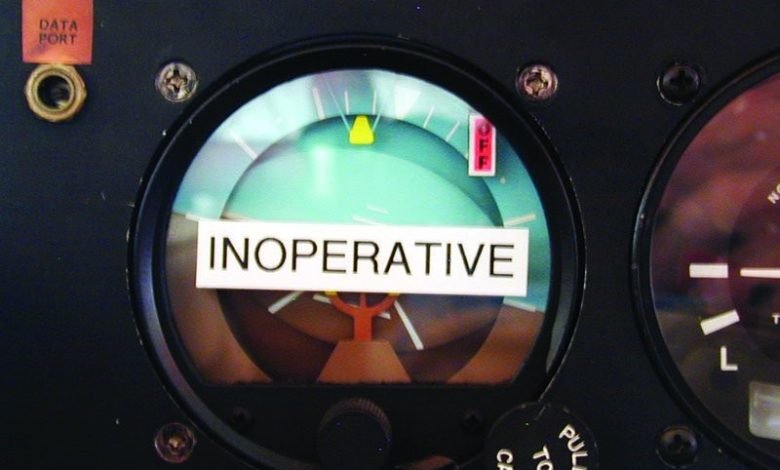IFR Emergency Procedures – Pilot Training Can Save Lives Too

If you are in an emergency while flying, it’s essential to know the proper procedures to ensure a safe landing. IFR emergency procedures, or Instrument Flight Rules, are regulations governing how pilots must operate their aircraft when flying in instrument meteorological conditions.
In other words, when visibility is low and pilots can’t see outside the cockpit, they must rely on instruments to fly the plane. If you’re getting on a flight that goes into IFR conditions, here are some of the IFR emergency procedures that the pilot will need to follow:
- They’ll need to descend to a lower altitude to see out the window.
- Also need to Turn on the aircraft’s lights and increase their speed.
- They’ll need to establish radio contact with air traffic control and follow their instructions.
Follow the given simple steps, and you can rest assured that your pilot takes the necessary precautions making sure a safe and successful landing. If you have access to an instrument rating or are studying for one, here are some IFR flights you don’t want to happen in an emergency…
Inadvertent Thunderstorm EncounterIFR emergency procedures for planes operating in the clouds face severe danger from embedded thunderstorms. IFR radars that are not operational or do not display accurate radar images may cause significant issues with embedded weather. Slow to the point of reaching a maximum rate, strap in, and get out as quickly as possible. If you don’t have adequate equipment on board, use ATC’s assistance to escape the hurricanes.
- Inadvertent Icing Encounter
The unpredictable nature possessed by the icing conditions might catch you off-guard, even if you do your research. If you encounter ice and don’t have anti/de-icing equipment, descend to a lower altitude. You should flee from an area with visible moisture, or turn away from any icing situations.
- Precipitation Static
When the interior surfaces of an aircraft accumulate static electricity, it causes precipitation static. The consequences can be severe. Such as total loss of VHF communication, incorrect magnetic compass readings, and annoyance from loud, high-pitched audio squealing. Make sure you install all of your static wick dischargers before leaving as IFR emergency procedures!
- Generator Failure
Pilots must reduce electrical demand on the battery when a generator failure is detected as quickly as feasible and land. Depending on electrical demand and the battery’s condition, enough electricity may be accessible for an hour or more of flight or just a few minutes. You should be knowledgeable about electrical systems that require electricity to function. It also continue to operate even if the power goes out…
- Instrument Failure
While the pilot examines the failed components and expedites cross-checking. They must maintain aircraft control. System failure that affects many instruments might be to blame. Before it becomes impossible to restore, you and the EOCTA should be notified of the situation. If required, an emergency should be declared.
- Pitot/Static System Failure
An unstable pitot or static system failure might cause erratic and unreliable instrument indications. When a static system problem occurs, the airspeed indicator, altimeter, and VSI are all affected. Various errors may occur depending on where the blockage is in the Pitot tube system.
- Loss of Situational Awareness
Distractions, unusual or unanticipated occurrences, sloth, excessive work, unfamiliar situations, and malfunctioning equipment all contribute to a loss of SA. While this may not appear a true “emergency,” flying IFR in the clouds or around terrain is serious business.
- Inadvertent Flight into IMC
It’s not just a problem for non-instrument-rated pilots when you move from VFR into IMC. Imagine you’re on an approach flying through a soup of clouds. The airport is gone from view because of an unexpected layer of clouds. This is an excellent illustration of unintended flight into IMC. This has the potential to causes a slew of issues, including CFIT, disorientation, and so on.
Why are IFR emergency procedures necessary?
If you have fly using an airplane, you’ve probably heard the phrase “IFR emergency procedures” at some point. But what does it mean? And why are IFR emergency procedures so necessary?
IFR emergency procedures deals with emergencies that may occur during a flight. This could include an engine failure to a fire on board the aircraft. In each case, IFR emergency procedures aim to ensure that the airplane lands safely. Also, that all onboard passengers and crew members are safe. If you’re ever unfortunate to enough to be on board an aircraft during an emergency. It’s important to remember that the airline staff have training to deal with these situations.
They will know exactly what needs to be done to land the plane safely. As a passenger, your job is to follow their instructions and remain calm. If everyone on board does this, the chances of a successful outcome are significantly increased. So next time when you hear people talking about IFR emergency procedures, remember why they’re so important. It could one day save your life.




